GE JBP84TKWW Bruksanvisning
Läs gratis den bruksanvisning för GE JBP84TKWW (44 sidor) i kategorin Ugn. Guiden har ansetts hjälpsam av 20 personer och har ett genomsnittsbetyg på 4.6 stjärnor baserat på 10.5 recensioner. Har du en fråga om GE JBP84TKWW eller vill du ställa frågor till andra användare av produkten? Ställ en fråga
Sida 1/44

ge.com
49-80462-1 09-07 JR
Write the model and serial
numbers here:
Model # ________________
Serial # ________________
You can find them on a label
behind the storage drawer on
the front of the range frame.
JBP74
JBP77
JBP84
Owner’s Manual
Ranges
Self-Cleaning Convection
Safety Instructions . . . . . . . . . . . 2–7
Operating Instructions
Broiling Guide . . . . . . . . . . . . . . . .13
Clock and Timer . . . . . . . . . . . . . .14
Convection . . . . . . . . . . . . . . .16–19
Cookware . . . . . . . . . . . . . . . . . . . .10
Oven . . . . . . . . . . . . . . . . . . . . .11–25
Oven Thermostat . . . . . . . . . . . . . .23
Sabbath Feature . . . . . . . . . . . . . . .22
Self-Cleaning . . . . . . . . . . . . . .26, 27
Special Features . . . . . . . . . . . .20, 21
Surface Units . . . . . . . . . . . . . . . . 8, 9
Timed Baking & Roasting . . . . . . .15
Warming Drawer . . . . . . . . . . .24, 25
Care and Cleaning
Control Knobs . . . . . . . . . . . . . . . . 28
Glass Cooktop . . . . . . . . . . . . . 33, 34
Lift-Off Oven Door . . . . . . . . . . . . 29
Light . . . . . . . . . . . . . . . . . . . . . . . .31
Removable Drawer . . . . . . . . . . . .30
Shelves . . . . . . . . . . . . . . . . . . . . . . 32
Surfaces . . . . . . . . . . . . . . . . . . . . .32
Troubleshooting Tips . . . . . . 35–38
Accessories . . . . . . . . . . . . . . . . . . 42
Consumer Support
Consumer Support . . . . Back Cover
Product Registration . . . . . . . . 39, 40
Warranty . . . . . . . . . . . . . . . . . . . . 43
Produktspecifikationer
| Varumärke: | GE |
| Kategori: | Ugn |
| Modell: | JBP84TKWW |
Behöver du hjälp?
Om du behöver hjälp med GE JBP84TKWW ställ en fråga nedan och andra användare kommer att svara dig
Ugn GE Manualer
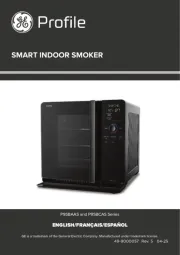
12 September 2025

1 April 2025

31 Mars 2025

9 Januari 2025

8 Januari 2025

7 Januari 2025

28 December 2024

28 December 2024

28 December 2024

17 December 2024
Ugn Manualer
- Esperanza
- Nemco
- Atlas
- Becken
- Exquisit
- Zephir
- Belion
- Sirius
- Ices
- Supra
- Hisense
- Master Kitchen
- Glem Gas
- Grunkel
- Mayer
Nyaste Ugn Manualer
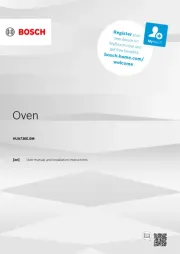
21 Oktober 2025
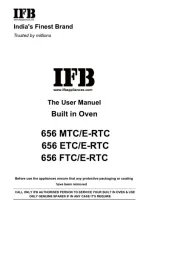
20 Oktober 2025

20 Oktober 2025

20 Oktober 2025
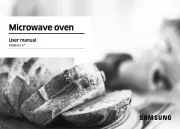
19 Oktober 2025
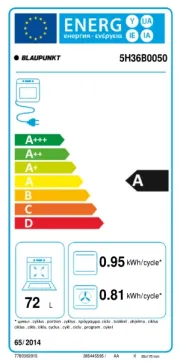
19 Oktober 2025
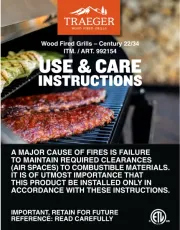
18 Oktober 2025
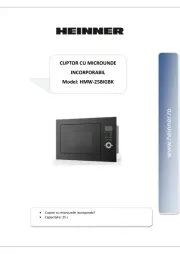
18 Oktober 2025
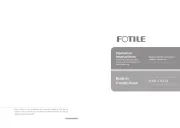
18 Oktober 2025
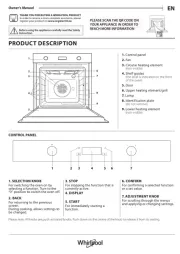
17 Oktober 2025